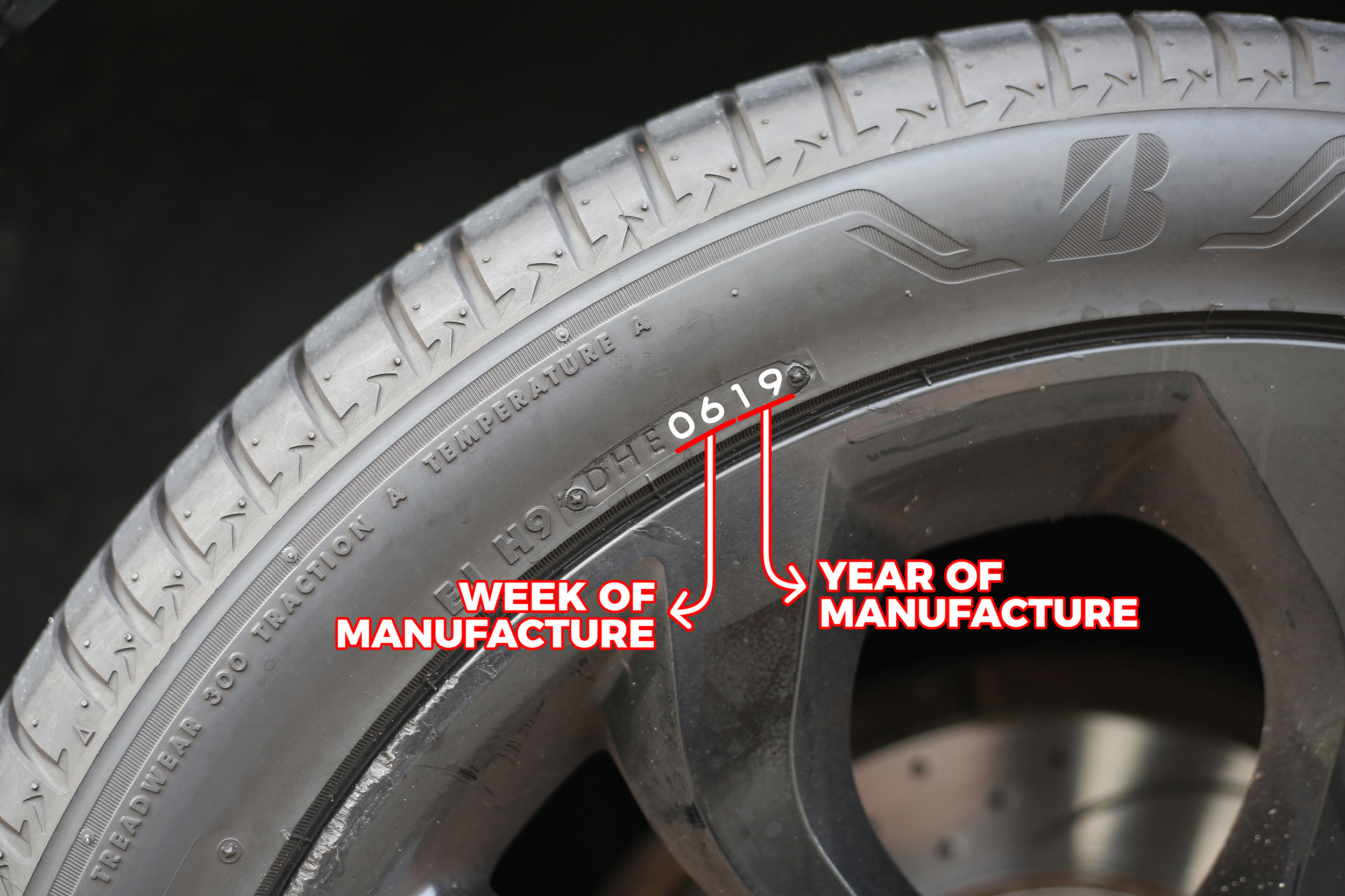Cracking the Code: Understanding Tires Date Code
Tires, crucial components of our vehicles, come with a little-known but essential piece of information — the date code. Unraveling this code is key to ensuring the safety and reliability of your tires. In this article, we will dive into the significance of the tire date code, why it matters, and how to decipher it.
Decoding the Tires Date Code
Every tire manufactured is imprinted with a date code, commonly referred to as the Tire Identification Number (TIN) or DOT code. This alphanumeric code holds vital information about the tire’s production date and can be found on the sidewall.
Structure of the Date Code
The date code typically consists of 11 or 12 characters. The first two digits represent the week of manufacture, while the next two indicate the year. For example, a code starting with “3018” implies that the tire was manufactured in the 30th week of the year 2018.
Why the Date Code Matters
Understanding the date code is crucial for several reasons:
- Tire Aging: Tires age, regardless of tread wear. The date code helps consumers gauge the age of a tire, allowing them to make informed decisions about its safety and performance.
- Shelf Life: Tires, even when unused, have a limited shelf life due to factors like exposure to sunlight and fluctuating temperatures. The date code aids in assessing how long a tire has been in storage before purchase.
- Safety Regulations: Many countries have regulations specifying the maximum age of tires allowed on vehicles. Being aware of the date code helps drivers comply with these safety regulations.
- Recalls: In the event of a tire recall, the date code is crucial for identifying affected tires. It enables consumers to check if their tires fall within the recall period.
Interpreting the Date Code
Let’s break down a typical date code for better understanding:
- Tire Date Code: 4319
- Week of Manufacture: 43rd week
- Year of Manufacture: 2019
In this example, the tire was produced in the 43rd week of the year 2019.
Ensuring Safe Use of Tires
Checking the Date Code Before Purchase
When purchasing tires, always check the date code. Avoid buying tires that have been in storage for an extended period, as they may have aged significantly, impacting their performance and safety.
Regular Inspections
Even after purchase, routinely inspect your tires, paying attention to the date code. This practice ensures that you are aware of your tire’s age and can address any potential safety concerns promptly.
Replacement Guidelines
As a general rule, tires that are more than six years old, regardless of tread depth, should be replaced. Aging can affect the structural integrity of the tire, leading to increased risks of blowouts and accidents.
Conclusion
Understanding the date code on your tires is akin to having a window into their history. It empowers you to make informed decisions about their safety and longevity. So, the next time you glance at your tires, take a moment to decode the date, ensuring you drive with confidence and peace of mind.
FAQs: Unveiling More Insights About Tires Date Code
- Why is the date code important for tire safety?
- The date code helps determine the age of the tire, influencing its safety, performance, and compliance with regulations.
- What happens if I ignore the date code?
- Ignoring the date code could lead to the use of aged tires, increasing the risk of blowouts, accidents, and non-compliance with safety regulations.
- Are there regulations regarding tire age?
- Yes, many countries have regulations specifying the maximum allowable age for tires on vehicles to ensure road safety.
- Can tires be used indefinitely if they have good tread depth?
- No, tires age regardless of tread wear. It’s recommended to replace tires that are more than six years old for safety reasons.
- How can I identify a tire recall using the date code?
- Manufacturers typically provide information on their websites, allowing consumers to check if their tires fall within a recall period using the date code.






